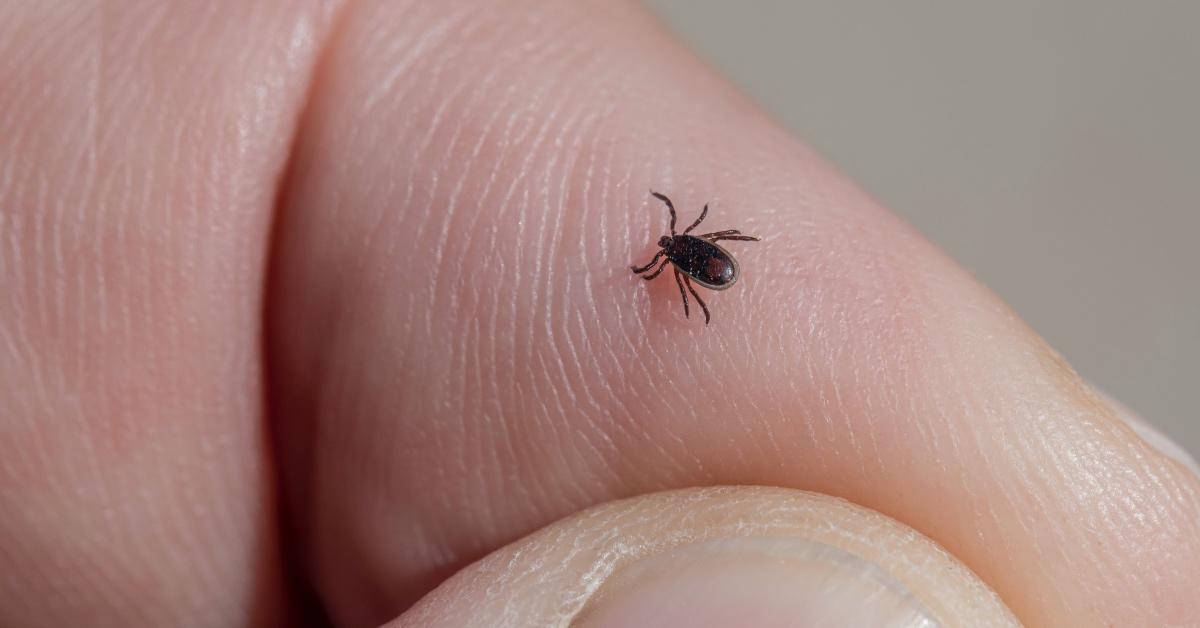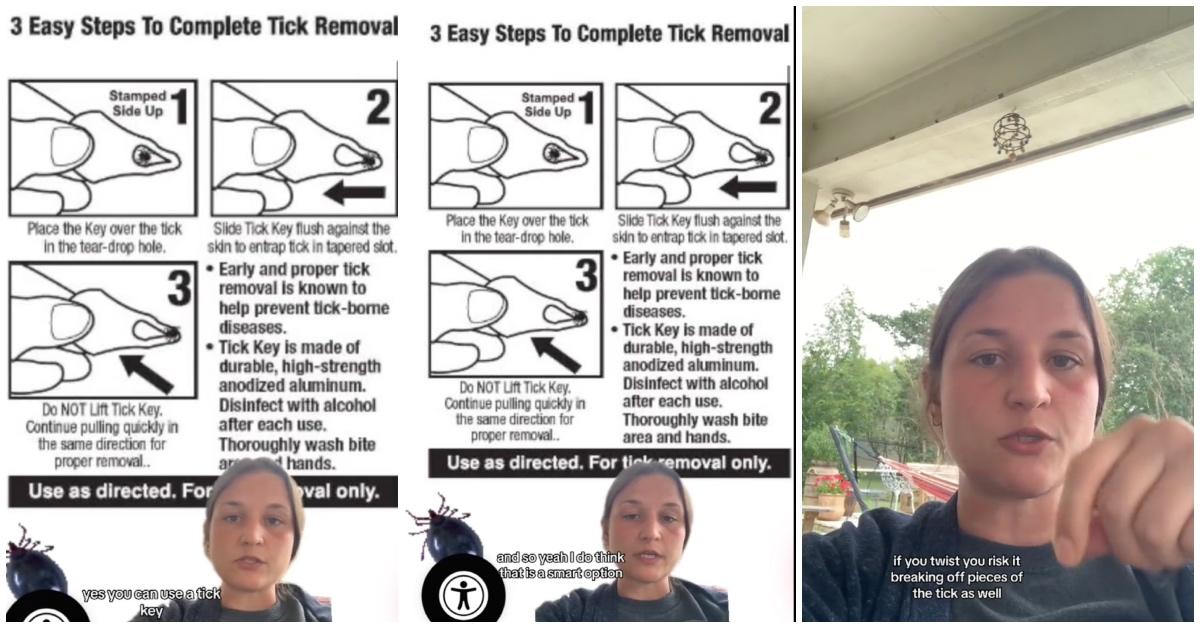If You're Outdoors This Summer, Make Sure You Remove Ticks Properly
Published June 28 2023, 4:28 p.m. ET
During the warmer months, there's nothing better than putting on your new outfit and getting into nature. But when your fun in the sun is done, it's always important to check for ticks. Although most people know how to spot a tick or are at least familiar with taking precautions, only some are well-equipped to remove said ticks.
You can try a few natural tick repellents, but one woman on social media is determined to teach her followers (and the rest of the world) the proper way to remove ticks. Keep reading for everything you need to know.
One woman warns internet users of the proper way to remove ticks.
In a video posted to TikTok on June 4, 2023, user @jeniquante, better known as Jeni, a nursing professional, stitched her video with another video and explained how to remove ticks. First, she said she loved the original video, but you should never remove ticks with your fingers.
Jeni explained that "if you don't remove a tick properly, your risk it regurgitating all the contents of its stomach into your body." She then posts a photograph of the correct way to remove a tick from your person, which includes using tweezers to grasp the tick's head and body and lift it.
The Centers for Disease Control and Prevention (CDC) agrees with Jeni, suggesting that you use "clean, fine-tipped tweezers" to pull the tick straight up off the skin — don't twist it! However, the CDC suggests you do remove the tick as quickly as possible, and dispose it not by crushing a tick with your fingers but by flushing it down the toilet or putting it in a tightly sealed container.
Jeni later posted a follow-up video on June 6, responding to a user's comment about investing in a "tick key." While initially, she had never heard of a "tick key" before, Jeni confirms that you can likely use them as long as it's "early attachment" and "not deeply embedded." She cautions that if a tick were deeply embedded in the skin, you'd still want to return to those handy tweezers!
However, she did say that tick keys can be a great investment for use on dogs. Jeni also addressed why you should never use things like rubbing alcohol or essential oils to make the ticks unattached to your skin. The answer, of course, is that it could make the tick vomit, which would then put the gross contents of its stomach into your body.
What happens if a tick regurgitates its stomach into your body?
In short: you could develop an infection. Harvard Health Publishing says, "Symptoms vary but usually include fever, chills, muscle aches and pains, headache, and sometimes nausea or a rash."
Indicators of Lyme disease usually include "an expanding area of redness" around the tick bite.
Different ticks carry different diseases.
Unfortunately, Lyme disease isn't the only tick-borne illness that you need to worry about. Harvard Health Publishing notes that typically, diseases such as Lyme disease, Anaplasmosis, and Babesiosis are driven by deer ticks, or black-legged ticks.

Other severe diseases, including Ehrlichiosis and Southern tick-associated rash illness (STARI), are created by lone star ticks. At the same time, Rocky Mountain spotted fever, arguably the most severe tick-borne illness, is driven by lone star, Rocky Mountain wood, and American dog ticks.
Many of these diseases share similar symptoms, including but not limited to fever, chills, headache, muscle pain, nausea, sore throat, joint pain, and in some cases, rash.
If you spend time outside and develop any of these symptoms, seeing a medical provider as soon as possible is important to determine the cause (and make sure you triple-check for ticks).

